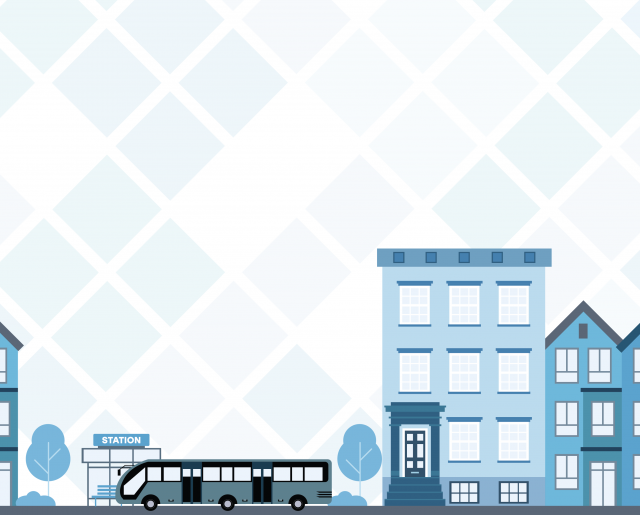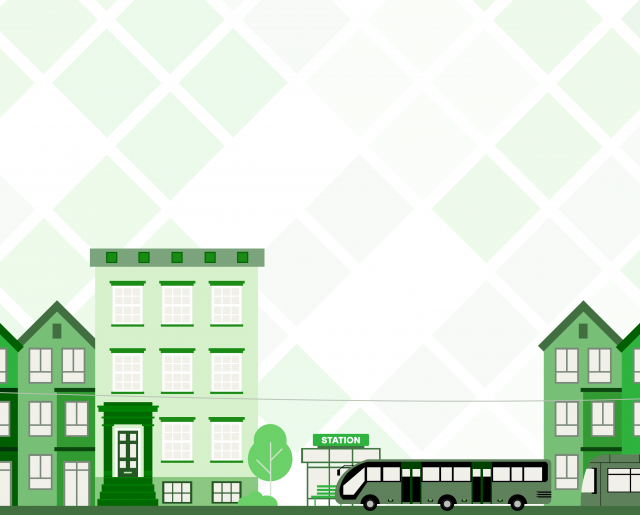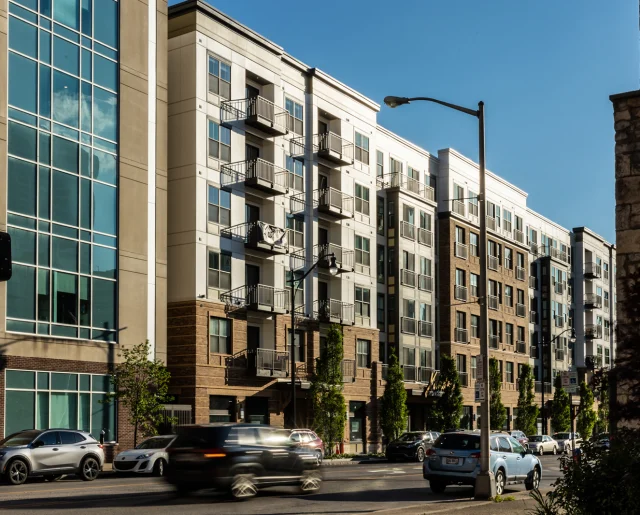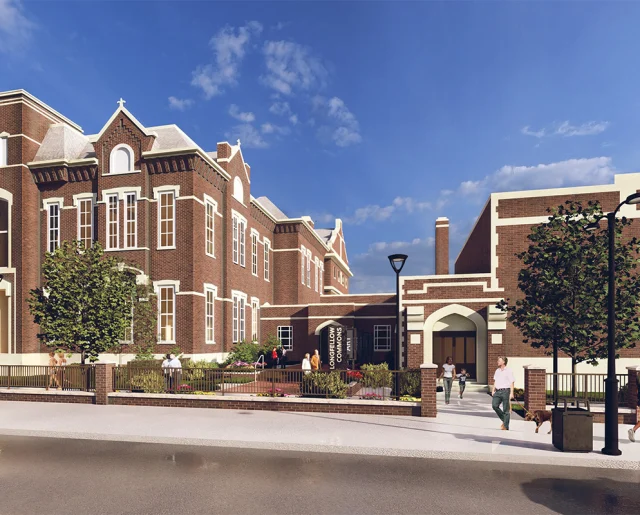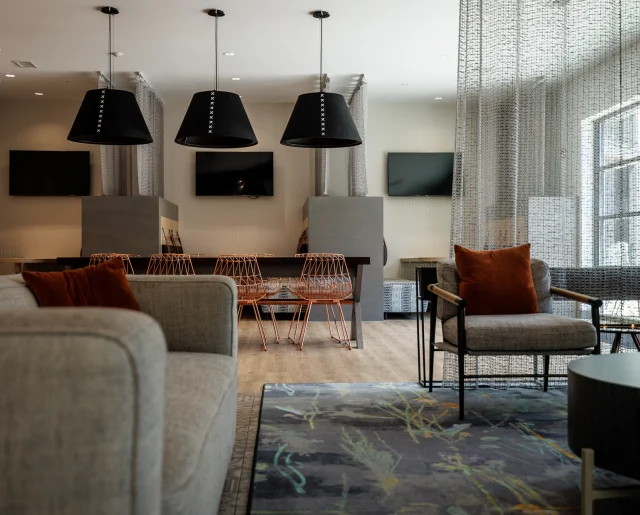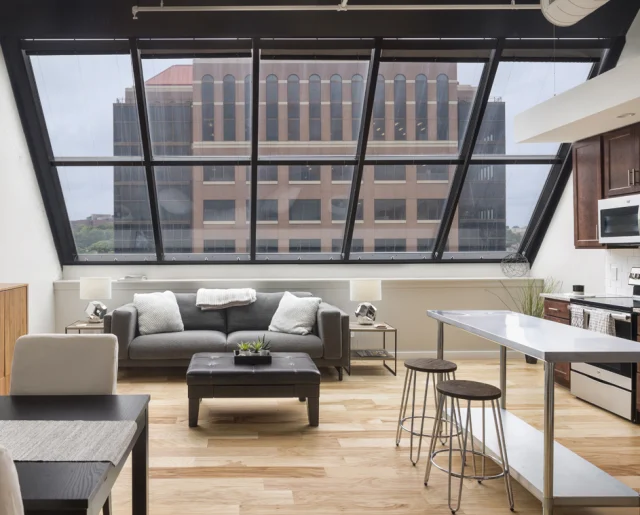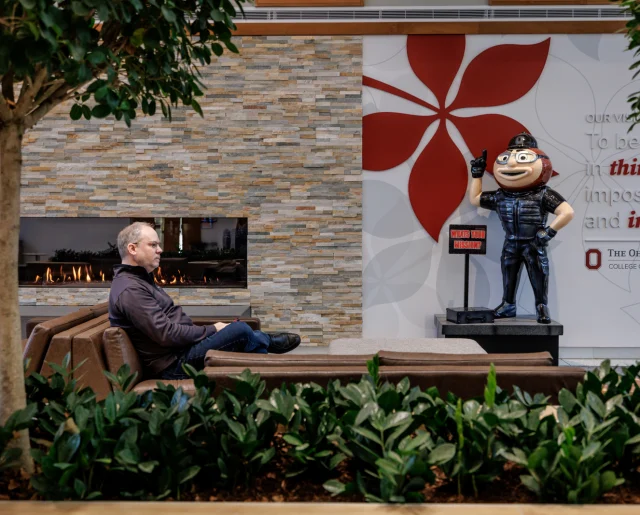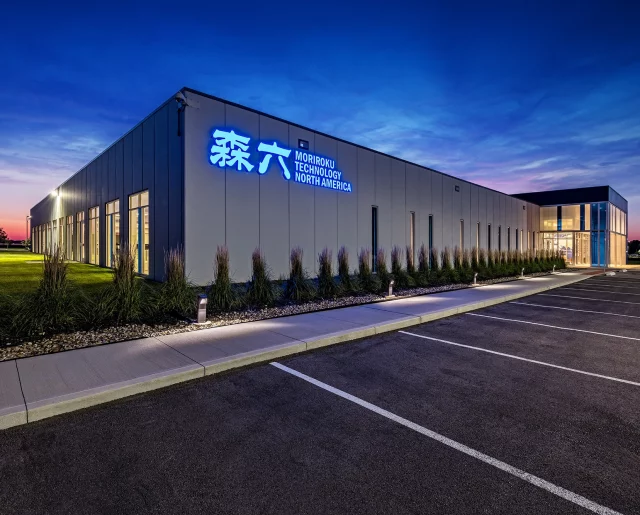Co-Living – Planning for Organic Growth and Evolving Expectations: Part 1 – Generations on the Move and their Evolving Vision of Future Living
MA Design is proud to share our most recent white paper, exploring the design theories and evidence based research around the concept of co-living.
What is Co-Living and How is Co-Living Different from More Standard Renting Scenarios?
Co-living may be a bit different than you assume, as it is unlike a typical apartment-renting or share-renting scenario. Renters in co-living dwellings rent an individual unit that usually contains a bedroom and small bathroom. There are multiple individual units within a complex typically centered around a living space shared amongst the unit occupants. However, more traditional living spaces like the kitchen, living room and dining area are located outside the unit and shared amongst all residents in the complex. The majority of amenities are shared, and are purposefully designed to create connection between residents and the local community.
The past decade has brought changes to our existence, prompting new “norms” in how we live, work and play. More recently, the pandemic ignited and fueled people in new ways, altering their perspective of what they value and how they want to spend their time. These shifts are something that we, as designers and strategists, must pay attention to.
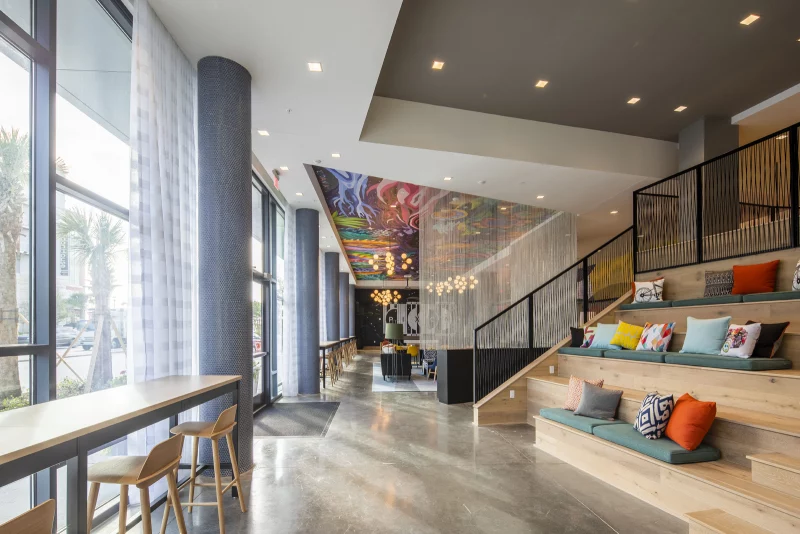
“Co-Living- Planning for Organic Growth and Evolving Expectations”
Co-living is a trend we are seeing emerge as a solution to new types of housing needs, and one we have studied and developed insights around for more than two years. This led to our white paper “Co-Living-Planning for Organic Growth and Evolving Expectations”. It consists of two parts to define, predict and plan for the need around this up-and-coming genre of residential housing. Part one, “Generations on the Move and their Evolving Vision of Future Living” is available to read here.
Download our white paper here: Co-Living – Planning for Organic Growth and Evolving Expectations: Part 1 – Generations on the Move and their Evolving Vision of Future Living
Co-Living Taps Into a Universal Human Truth
Co-living is the logical next step in residential needs. We have studied the evolution of how people live together, stemming back to the medieval period where nomadic families would find lodging based on where they could find work. While much has changed, there are strong lines of consistency across centuries that lead to a universal truth: humans live better together. Think back to hunters and gatherers; each group of people having defined roles and using their responsibilities to help the greater good of others. When influenced by like-minded individuals we share time and space with, we become more resourceful, practical and social beings.
Changing Times Call for Changing Lifestyles
Traditionally, we have found the demographics most likely to have interest in co-living housing are baby boomers and millennials.
Baby boomers are more likely to become empty nesters and are looking to take a new step in their lives. They often wish to downsize, seek fun and convenient amenities, and wish to move toward urban areas close to the pulse of a city.
Many millennials are employed in a gig economy type role, which lends itself to less attachment to positions and places. They are looking for more freedom in shorter term leases and more attractive amenities that enhance their social life.
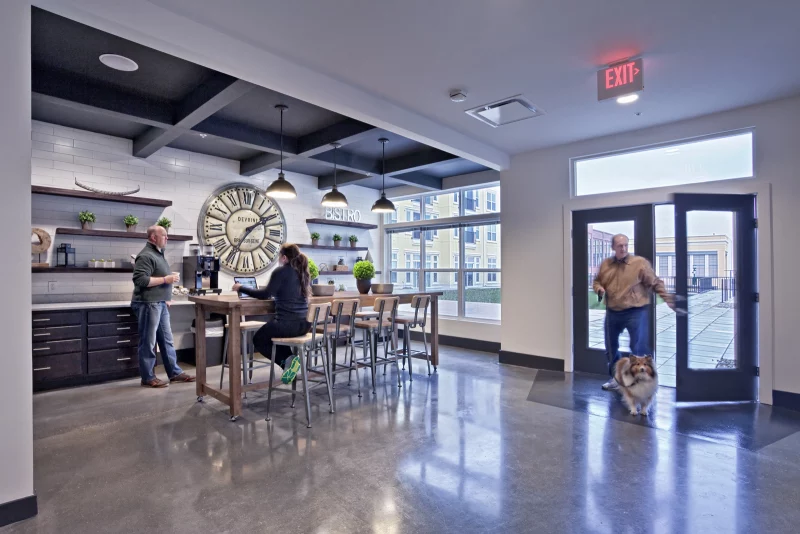
While baby boomers and millennials are still certainly viable target demographics for co-living residences, the pandemic has more recently thrown different audiences into the mix. People now realize they don’t need to be tied to one location for their job and are now afforded options to work from home or a hybrid work environment. The rise in technology and urbanization have led to new norms in what people want and expect in their everyday lives. This has opened the door for many to seek alternatives to more traditional places to live, work and spend their time, strengthening our prediction that co-living will become even more of a norm.
Mixing Generations Breed Integrated Communities
If co-living facilities attract a wider range of demographics for different reasons, we foresee many communities will be multigenerational. This is an exciting prospect because multigenerational living scenarios can be truly valuable to the human experience. Diversity within a living space allows people to build off each other’s skill sets, learn from one another and share beliefs. This ultimately lends itself to build stronger, more integrated communities, fulfilling intrinsic human needs to feel accepted, safe and gratified by their surroundings. Community building also makes people feel like they are a part of something bigger, which instills purpose and enjoyment.
So how do we accommodate this need in architecture and design? We have found the strongest co-living concepts stem from a shared mantra or belief that the design of the space centers around. It attracts like-minded people or specific demographics of people that are looking to form strong bonds with people and ideals they identify with, ultimately leading to a more fulfilling and fruitful lifestyle.
Not the “What,” but the “Why”
When we are envisioning projects, we are less concerned with immediately answering the “what” and rather strive to answer the “why.” Sure, we can add many amenities to living spaces that are cool. However, we have found that “cool” amenities may be too superficial when considering the whole picture. We have learned to look beyond the immediate nice-to-haves and focus on inner needs. To truly create a meaningful, encompassing space, it should root back to addressing human need factors and behaviors. By supporting these foundational needs, it lends to the feeling of acceptance and becoming a part of something “bigger.”

At the end of the day, while pool tables and lounges are novelties, they are really there to facilitate a social gathering. Once we uncover and solve for basic human needs, the inspiration for design is ignited. Designing a home that makes you feel “at home” from the inside out? Now that’s cool.
What’s the Future of the Future?
Co-living is an incredibly viable model for the future for how we live, and we foresee how it could expand the way we design and develop spaces. Once we’ve established solving human factor needs in the space, the possibilities to transform one residence into a true community greatly expands. This can include layering all uses into within one siloed building to form the ultimate form of convenience. Think workplace, living, retail, etc., all in one comprehensive community.
Wait, there’s more!
Part two of “Co-Living- Planning for Organic Growth and Evolving Expectations” was released in late summer 2021. It discusses the more tactical elements of design and construction of how to build successful co-living facilities. You can read it here.


